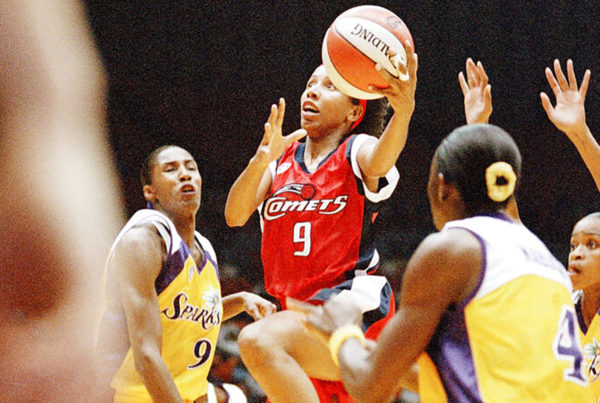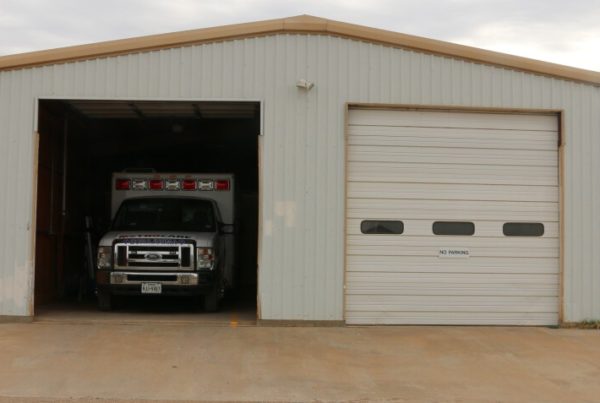Director Richard Linklater’s films have more than once been credited with capturing a time and place. Often, that place is in Texas.
1993’s “Dazed and Confused” reflects the wild and weird of Austin in the 70s while 1990’s “Slacker” bottles the ethos of the capital city before its latest boom(s).
In “Apollo 10 ½”, Linklater takes audiences further back – to his childhood in the Houston area in the 60s. Linklater says it wasn’t until adulthood that he began to realize what a special experience he’d had growing up. But he tells Texas Standard the specifics in the film are adjacent to but not exactly like his own.
Hear more from Linklater in the audio player above or read the transcript below.
This transcript has been edited lightly for clarity.

Linklater stands outside Austin’s Paramount Theatre for the premiere of “Apollo 10 1/2” at SXSW. (Photo by Rich Fury)














